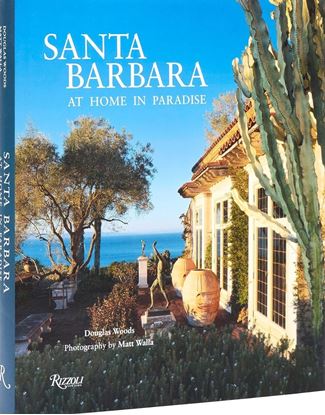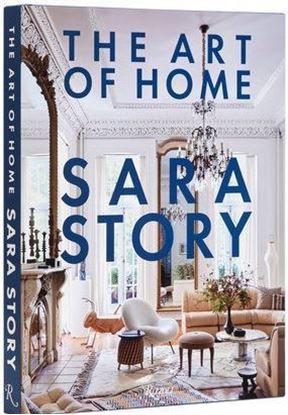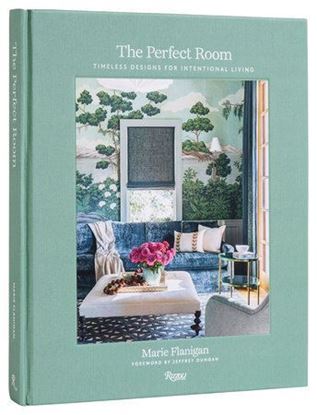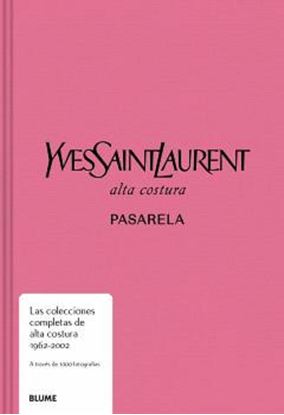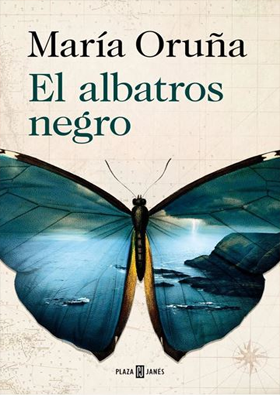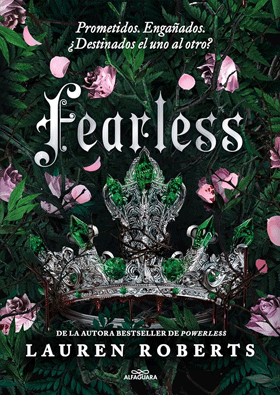

FASHION FIRST
A fashion icon in her own right, Keaton amusingly revisits and reflects on some of her favorite and not-so-favorite fashion moments over the decades, from childhood homemade outfits to red carpet ensembles and street style experiments she tried from the 1960s until today.
Since she could remember, Keaton has been fascinated by clothing and style. As a little girl, she would pick out patterns and request that her mother make her custom outfits. This was the beginning of a love affair with clothes and looks, and sometimes, fashion. From the outset of her acting career in the 1970s, the legendary star has experimented and thought outside the lines of what a Hollywood icon should wear and still became lauded as a style icon by Vogue, W, The Hollywood Reporter, and countless fashion websites. Keaton’s style is at once timeless, experimental, bold, effortless, androgynous, quirky, and utterly and distinctly her own.
3,500
2,800
SANTA BARBARA. AT HOME IN PARADISE
With new photographs of houses steeped in the period revival tradition, from 1838 to today, not since Rizzoli’s Santa Barbara Style (2001) has a book so eloquently captured the distinctive splendor of this seaside paradise.
Known worldwide for the Santa Barbara style, the town epitomizes a type of building at once elegant and suffused with poetry. At its heart is the historic downtown, featuring white-washed Mediterranean-style stucco buildings with tile roofs and the iconic Santa Barbara Mission of 1786, whose austere beauty set the tone for all that followed. From its earliest days, the influence of this place has been felt and has since radiated across the sunbelt; it continues to be a model of emulation and inspiration. But it is the houses and the dream of living in Santa Barbara and its sister communities of Ojai, Carpinteria, Summerland, Goleta, and Montecito that casts the most profound spell.
3,700
2,960
THE ART OF HOME
With a keen eye for art and having spent her childhood in Japan, Singapore, and the United States, rising star designer Sara Story brings a unique perspective to all of her projects. Drawing inspiration from her extensive travels and passion for art and fashion, her work combines bold, contemporary art with antique pieces from every corner of the world to create extraordinary homes for her clients and her own family. She exacts her aesthetic vision with a style that combines modern with bohemian, creating well-collected, polished environments that feature crisp, elegant, and comfortable design gestures.
3,700
2,960
BUNNY WILLIAMS: LIFE IN THE GARDEN
This is Bunny Williams’ most ambitious book to date.
Inviting us into her impressive grounds with charming personal anecdotes, expert advice, and hundreds of stunning photographs–printed on two different speciality stocks–Bunny Williams illustrates every aspect of the gardens surrounding her eighteenth-century manor house in Northwestern Connecticut in different lights and seasons.
A popular stop on the Garden Conservancy circuit, Williams’ property boasts a parterre garden,year-round conservatory, extensive vegetable garden, orchard, woodlands, an aviary with exotic fowl, and a rustic poolside Greek Revival–style folly. Each section of the garden is accompanied by adirectory of featured plants—from native ferns and succulents to a wide variety of flowering specimens.
3,750
3,000
THE PERFECT ROOM
Flanigan looks at the home on a room-by-room basis, identifying common design challenges, offering solutions on how to create rooms that are aesthetically pleasing and efficient. With examples chosen from her work, she shares seasoned wisdom and creative approaches to every decision ranging from building materials and architectural details to furnishings, color, textiles, accessories, and organization.
3,800
3,040
PASARELA. YVES SAINT LAURENT
El primer resumen completo de las magníficas colecciones de alta costura de Yves Saint Laurent, desde la inauguración en 1962 hasta su retirada en 2002, presentado a través de las fotografías originales de las pasarelas. Como homenaje al legendario diseñador, este libro es el registro de cuarenta años de creaciones icónicas de la alta costura, desde el radical «Le Smoking» (el primer traje de esmoquin para mujeres) de 1966 hasta las deslumbrantes creaciones inspiradas en el arte: vestidos «Mondrian», preciosos bordados «Van Gogh», capas «cubistas» y la famosa colección Ballets Russes, por nombrar algunos. * Incluye una introducción y una descripción sobre el perfil del diseñador a cargo de Suzy Menkes, así como los textos de las colecciones del Musée Yves Saint Laurent París. Un libro que ofrece una oportunidad única de mostrar las creaciones del diseñador que revolucionó el guardarropa de la mujer moderna. Con más de 1000 imágenes, este tesoro de inspiración es una referencia obligada para todos los profesionales de la moda y los seguidores de Yves Saint Laurent.
3,900
3,120


